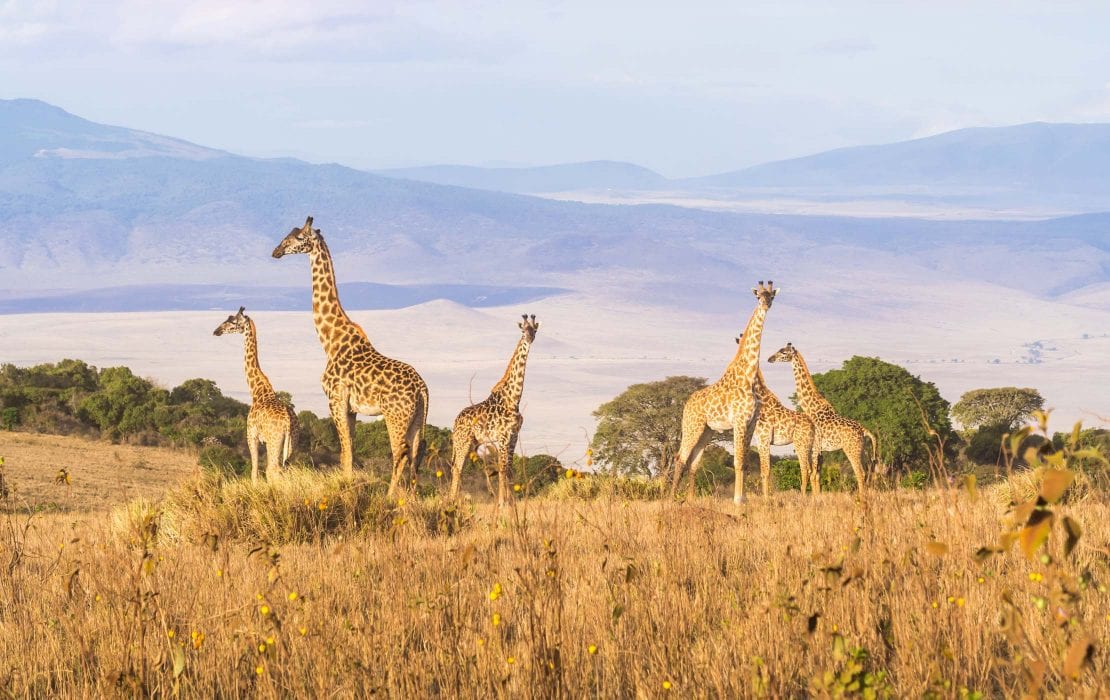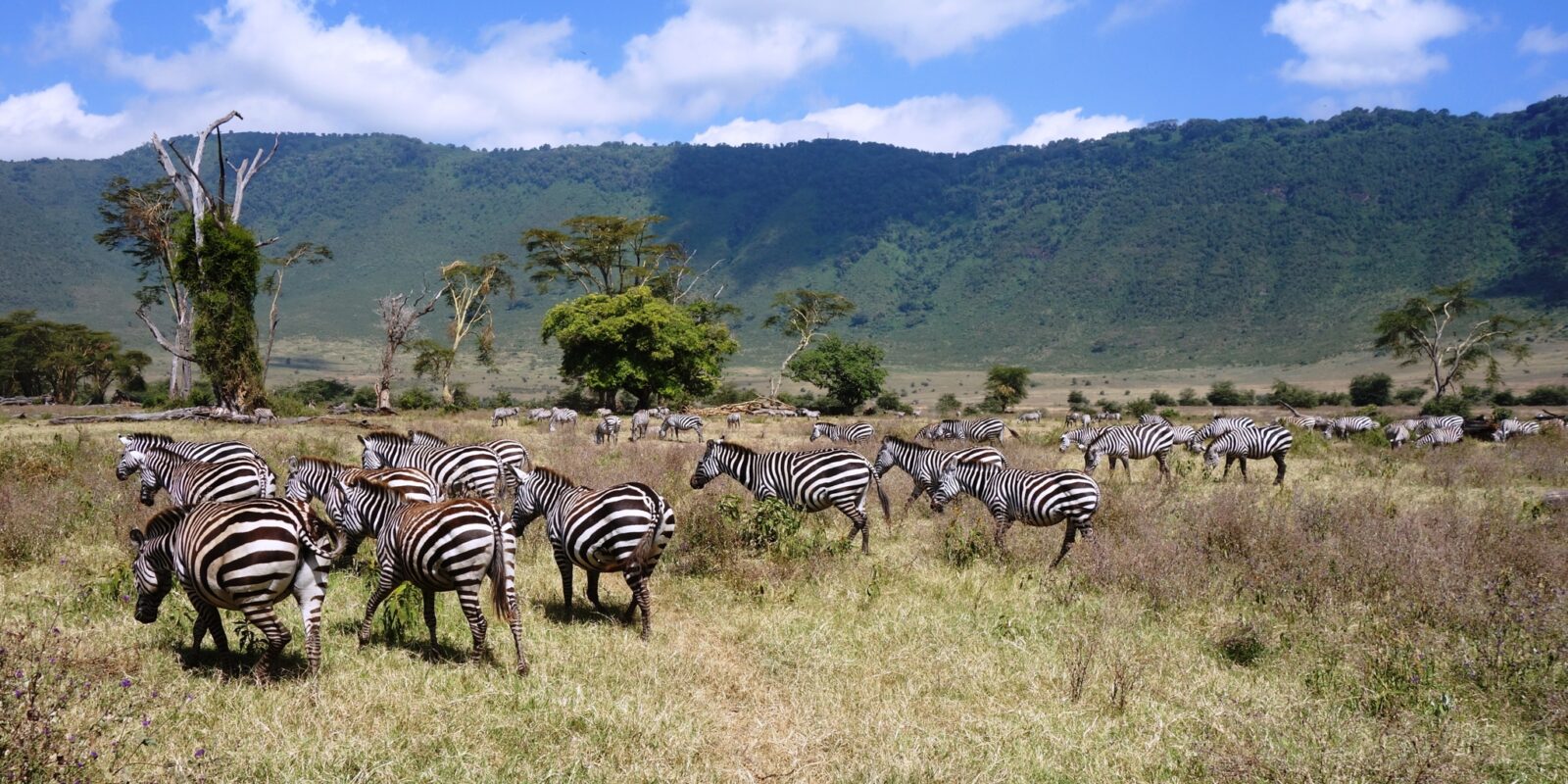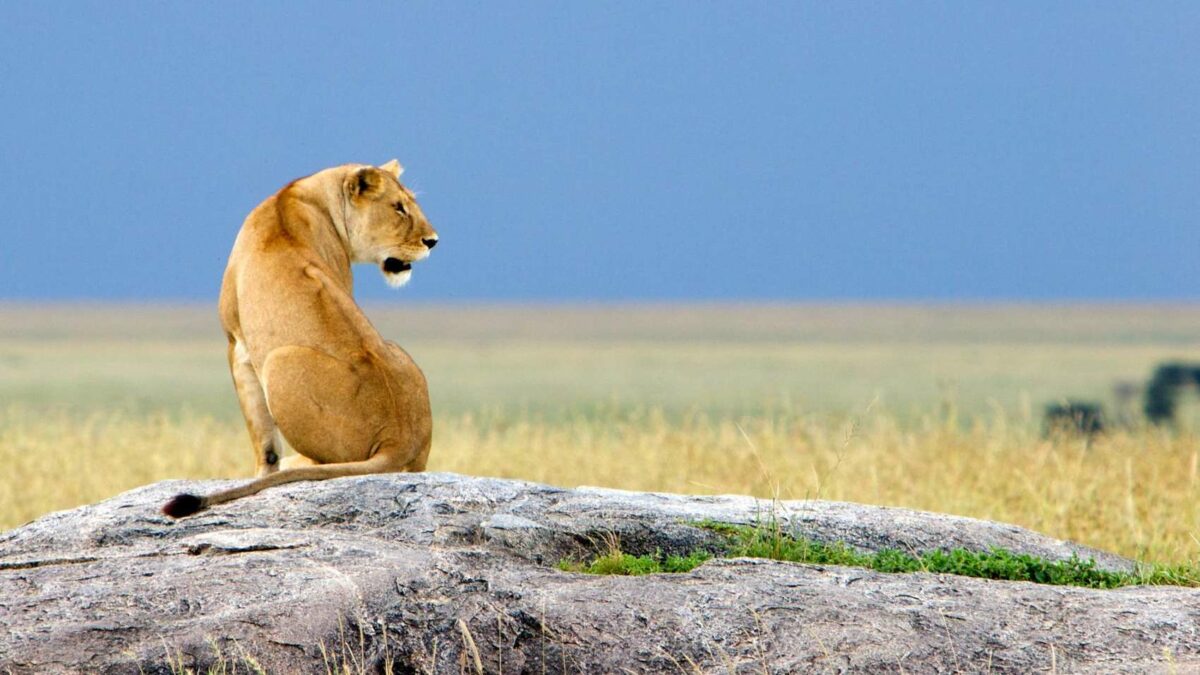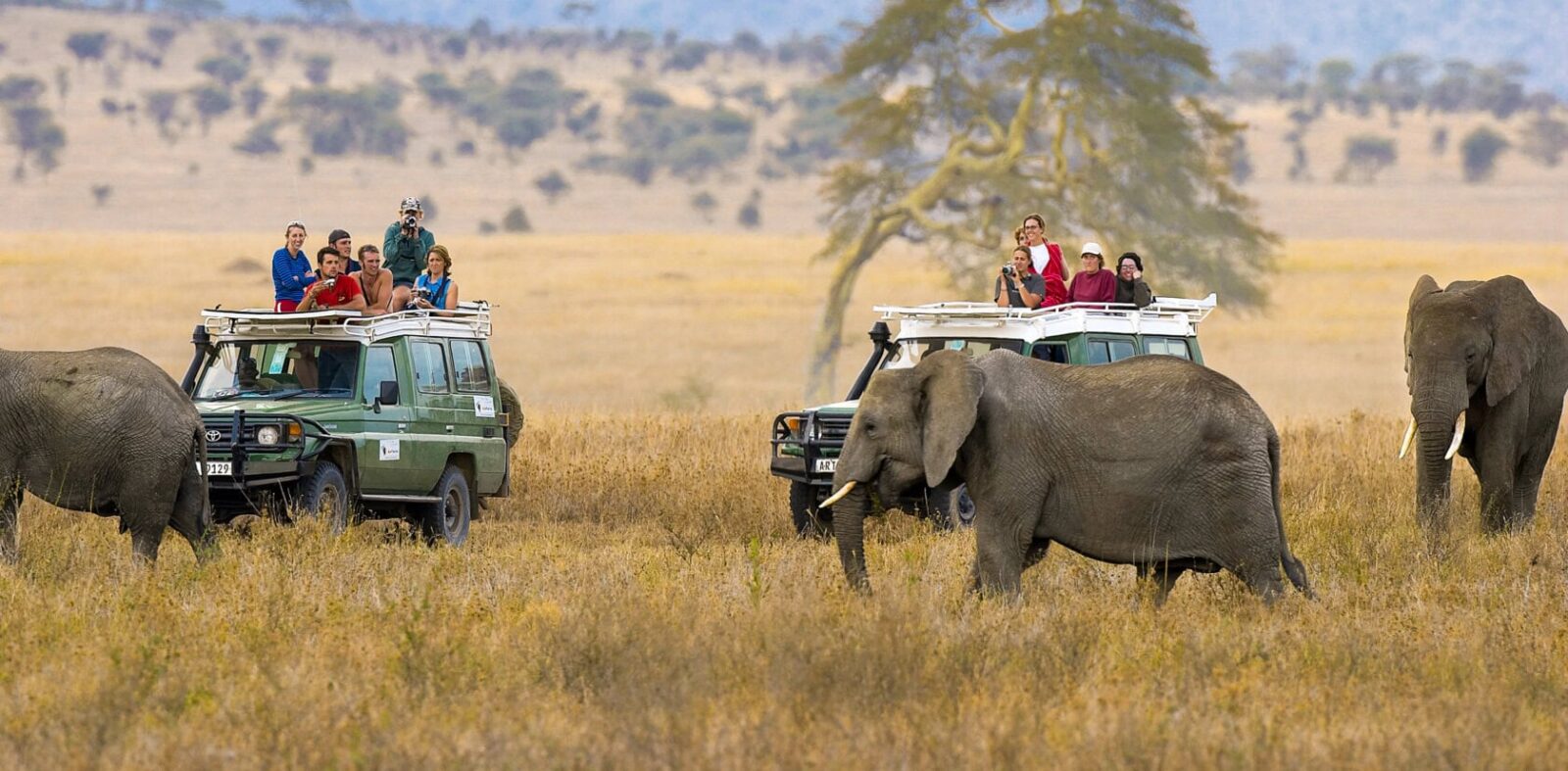
Ngorongoro Crater— Guide
Ngorongoro Crater – Africa’s Lost Eden
Deep in northern Tanzania lies one of the most breathtaking natural wonders in the world — the Ngorongoro Crater. Formed over two million years ago when a massive volcano collapsed in on itself, this vast caldera — stretching about 19 kilometers (12 miles) across and plunging 600 meters (2,000 feet) deep — is a self-contained paradise of wildlife and beauty.
Within its emerald walls unfolds a world unchanged by time: golden savannahs, glistening lakes, acacia forests, and wetlands filled with life. Here, predators and prey coexist in extraordinary harmony, creating one of the most concentrated wildlife spectacles on Earth.
Known as Africa’s Garden of Eden, the Ngorongoro Crater is both a sanctuary of nature and a symbol of balance between people and the wild.
A Natural Wonder Born of Fire
The crater is part of the larger Ngorongoro Conservation Area, a UNESCO World Heritage Site covering over 8,000 square kilometers. Millions of years ago, a giant volcano — believed to have been taller than Kilimanjaro — erupted and collapsed inward, leaving behind the world’s largest intact caldera.
Today, that ancient geological event has created a thriving ecosystem of grasslands, woodlands, and lakes that support over 25,000 animals within the crater walls. Its unique geography has earned it global fame as one of the most scenic and biodiverse places on the planet.
A Wildlife Haven Like No Other
The Ngorongoro Crater offers one of the densest concentrations of wildlife in Africa, making it a paradise for safari enthusiasts. Because the crater’s floor is rich in vegetation and permanent water sources, animals remain here year-round.
Wildlife Highlights:
Lions: The crater’s lion population is among the most visible in Africa. Prides are often seen lounging in the open plains.
Elephants: Majestic bulls with enormous tusks wander the forests near the crater floor.
Leopards: Stealthy and elusive, they inhabit the wooded areas along the slopes.
Buffaloes and Wildebeests: Large herds graze the crater’s grassy plains.
Black Rhinos: Ngorongoro is one of the few places in East Africa where you can still spot endangered black rhinos in the wild.
Hippos: Found in the freshwater pools and swamps, especially near Lake Magadi.
Flamingos: Gracefully lining the shores of the soda lake, creating a pink shimmer under the sun.
With the Big Five all present — lion, elephant, leopard, buffalo, and rhino — the crater offers one of the most complete safari experiences in Africa.
Birdlife and Biodiversity
Beyond its mammals, Ngorongoro is a haven for over 500 bird species, ranging from savannah dwellers to waterfowl and forest birds. Among the most striking are the Kori bustard, crowned crane, Abyssinian roller, and migratory storks that arrive during the rains.
The diversity of habitats — grassland, forest, and lake — creates an extraordinary mix of wildlife, making Ngorongoro a microcosm of East Africa’s ecosystems.
The Maasai and the Crater’s Human Harmony
The Ngorongoro Conservation Area is unique because it’s not only a wildlife reserve but also a living landscape shared with the Maasai people. Their traditional cattle-herding lifestyle continues within the conservation area, reflecting a rare balance between human culture and wildlife preservation.
Visitors can visit Maasai villages near the crater rim to learn about their customs, dances, and traditional ways of life. The Maasai’s deep spiritual connection to the land and their coexistence with wildlife offer a meaningful cultural dimension to the safari experience.
Activities in and Around the Ngorongoro Crater
1. Game Drives on the Crater Floor
Descending into the crater at dawn is one of the most exhilarating safari experiences in Africa. The steep road winds down from the rim into a world teeming with life. Game drives here offer unrivaled close-up encounters — from lion prides to grazing antelopes and rhinos moving through the mist.
2. Photography Safaris
The light in Ngorongoro is magical — soft mornings, dramatic skies, and reflections on Lake Magadi make it a dream for photographers. Every moment, from elephants at sunrise to flamingos in flight, is a masterpiece waiting to be captured.
3. Cultural Visits
Spend time with the Maasai to learn about their ancient traditions, colorful attire, and cattle-based economy. Many lodges organize authentic visits that support local communities.
4. Walking Safaris (on the Rim)
Guided walks along the crater rim provide sweeping views across the landscape and a chance to spot smaller wildlife and bird species.
5. Visits to Olduvai Gorge
Just beyond the crater lies Olduvai Gorge, one of the world’s most important archaeological sites. It was here that paleoanthropologists Louis and Mary Leakey discovered some of the earliest human fossils, earning it the title “Cradle of Mankind.” Visitors can explore the museum and learn about humanity’s ancient origins.
Best Time to Visit Ngorongoro Crater
The crater is a year-round destination, with wildlife present throughout the seasons. However, each period offers a slightly different experience:
June to October (Dry Season): The best time for wildlife viewing, as grass is shorter and animals gather around water sources.
November to May (Wet Season): The landscape turns lush and green, with excellent birdwatching and newborn animals. The calving season (December–March) is especially beautiful.
Because of its altitude (up to 2,400 meters), the crater is cooler than many safari destinations — expect chilly mornings and evenings.
Getting There
Ngorongoro Crater is located about 180 kilometers (4 hours by road) from Arusha, the gateway to Tanzania’s northern safari circuit.
It’s also easily combined with other major parks:
Serengeti National Park (2–3 hours away)
Lake Manyara National Park (1.5 hours away)
Tarangire National Park (3 hours away)
Daily domestic flights from Arusha or Serengeti connect to nearby Lake Manyara Airstrip, from which transfers to the crater take about an hour.
Accommodation Options
Lodging options around Ngorongoro cater to every style — all offering magnificent views from the rim or surrounding highlands.
Luxury Lodges: Elegant properties perched on the crater rim, offering panoramic views and world-class comfort.
Mid-range Lodges: Comfortable stays in Karatu or the outer rim, combining affordability with charm.
Tented Camps: Authentic safari-style accommodations nestled in the highlands for a closer connection to nature.
Many lodges are eco-friendly, using solar power and sustainable materials to preserve this fragile environment.
Conservation and Sustainability
The Ngorongoro Conservation Area is a global model for balancing tourism, wildlife protection, and cultural heritage. Managed by the Ngorongoro Conservation Area Authority (NCAA), it protects not only wildlife but also the traditions of the Maasai who live there.
Responsible tourism plays a vital role in funding anti-poaching efforts, research, and community projects. By visiting sustainably, travelers help ensure this ancient ecosystem continues to thrive.




